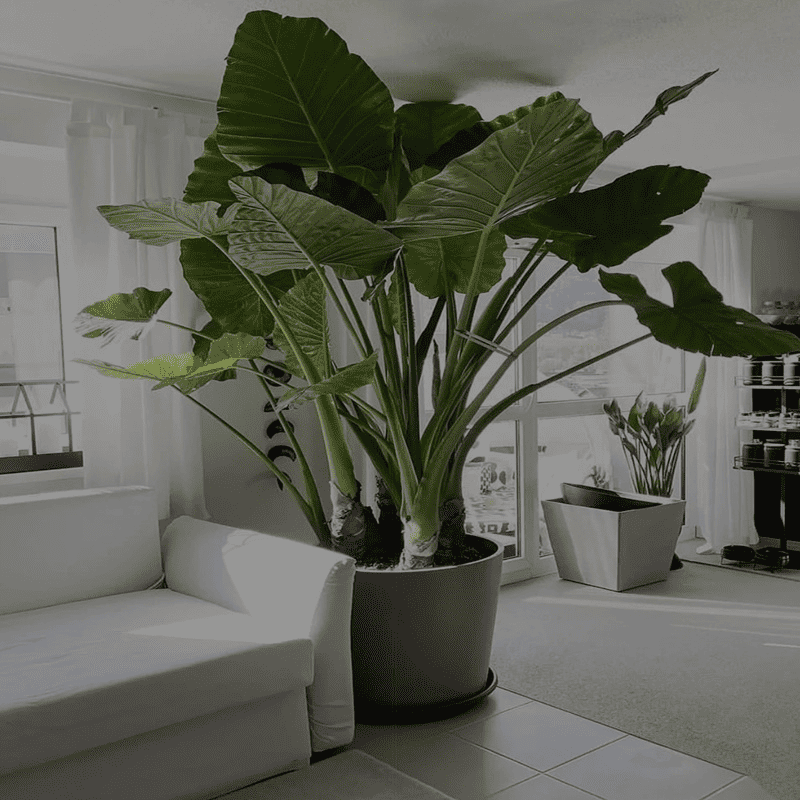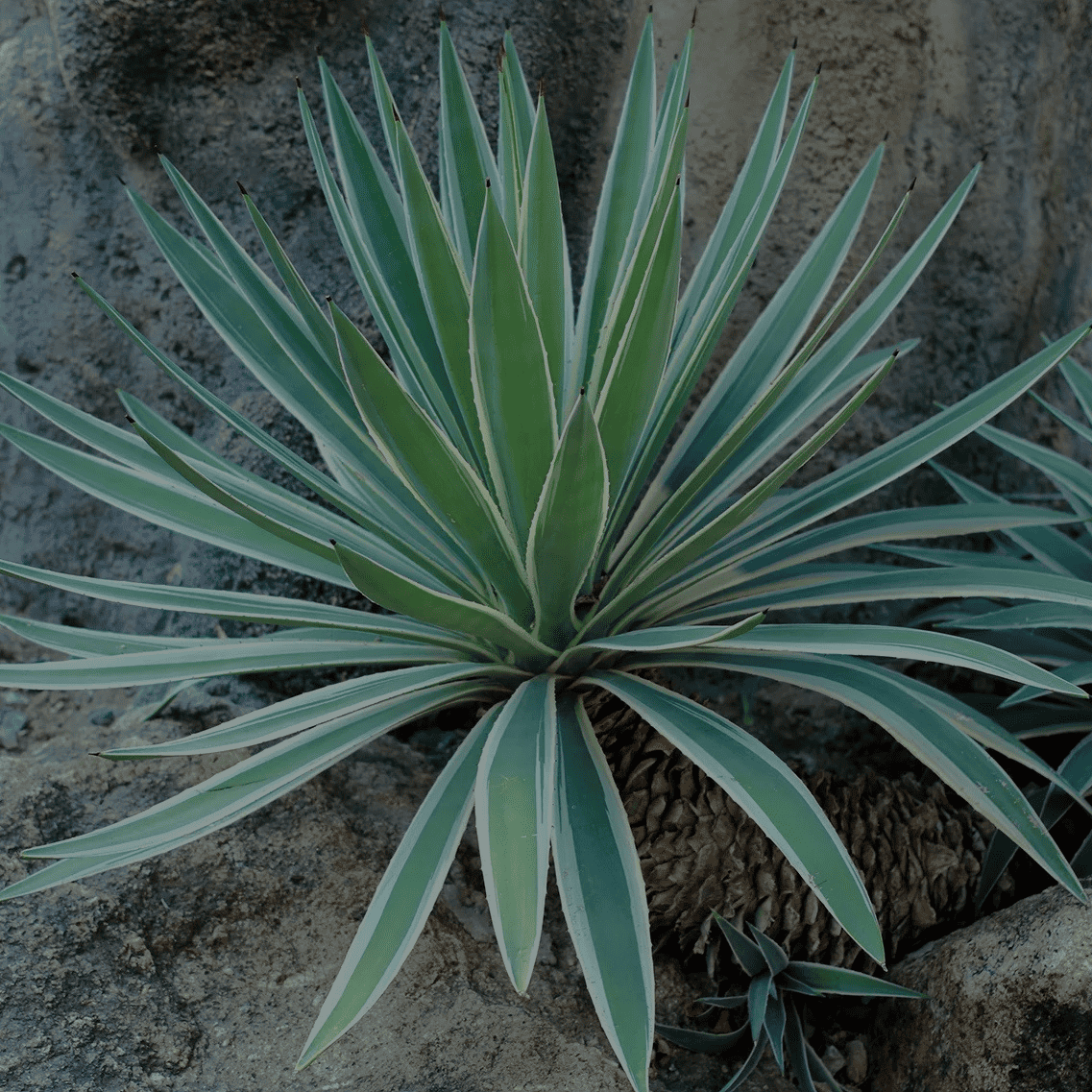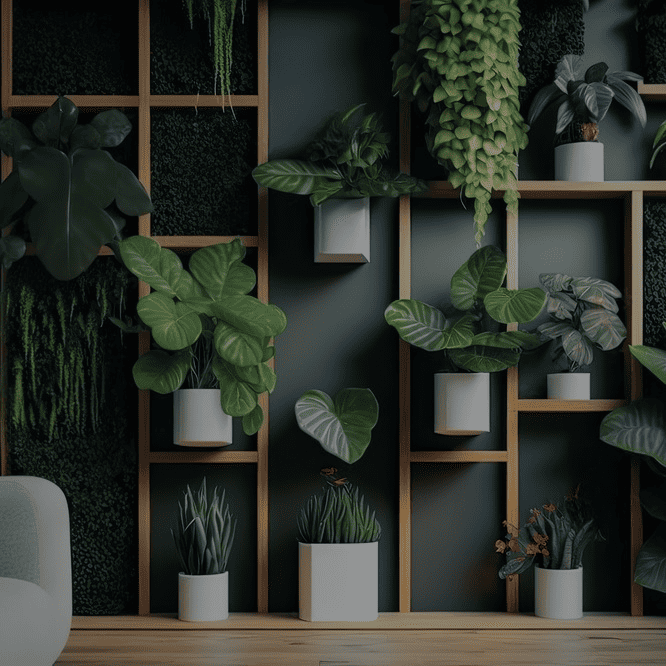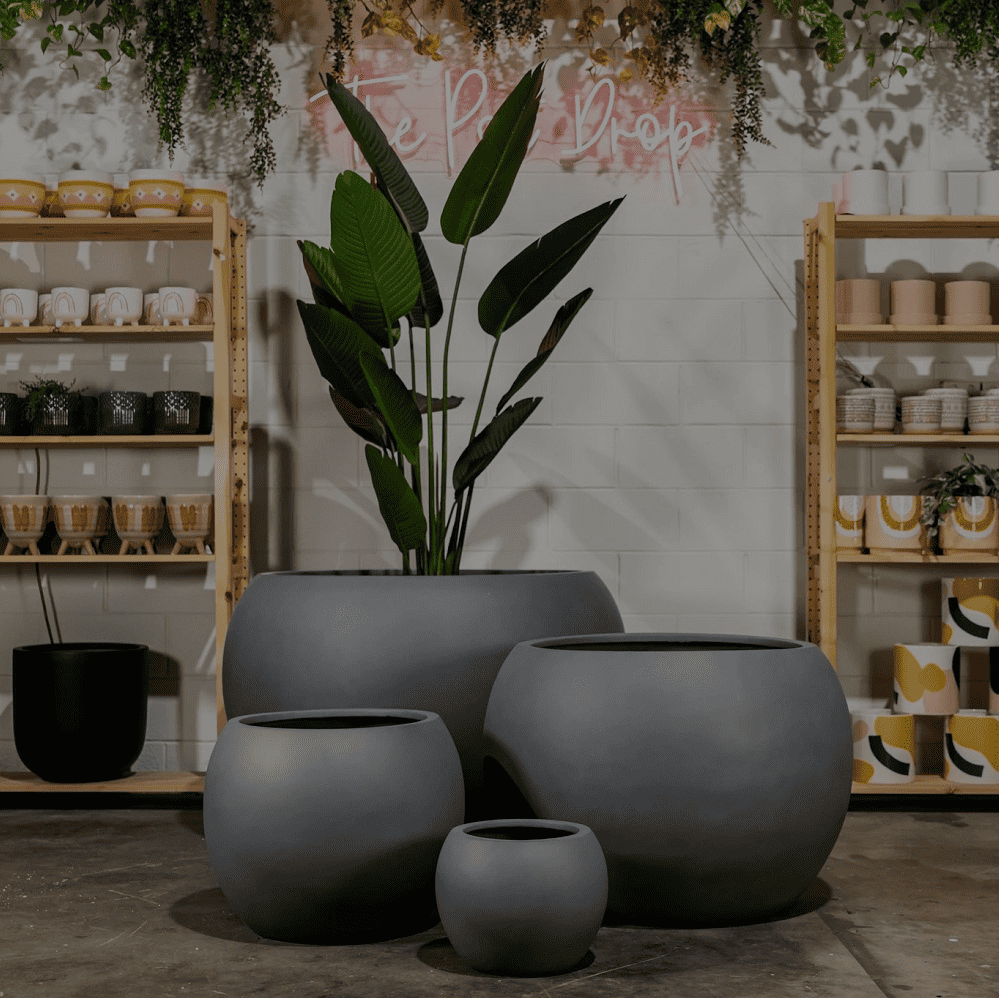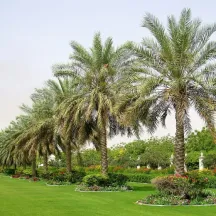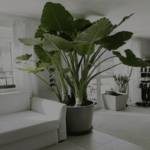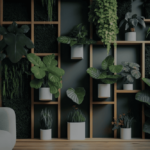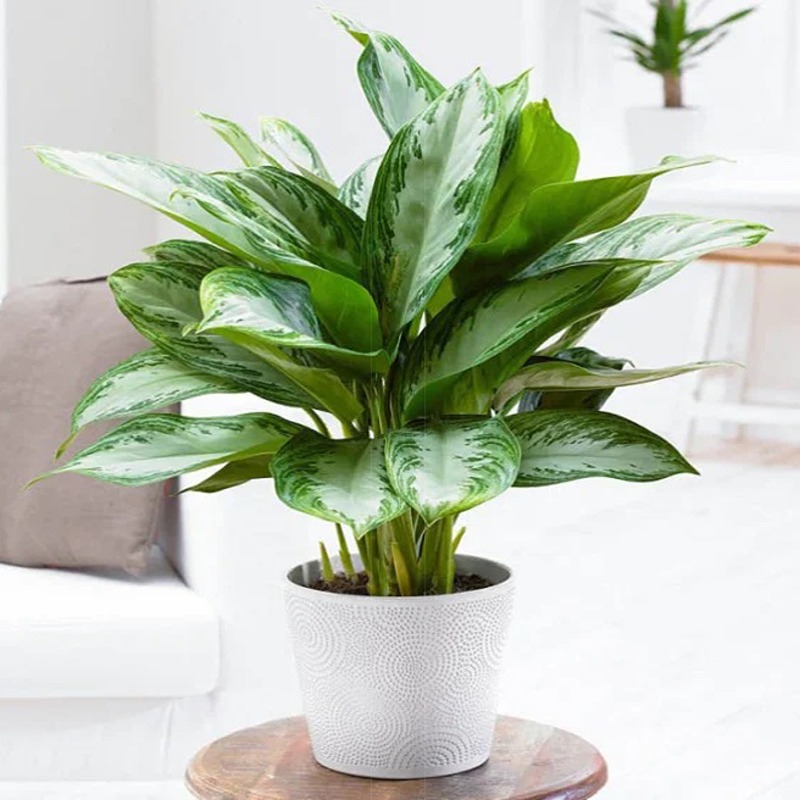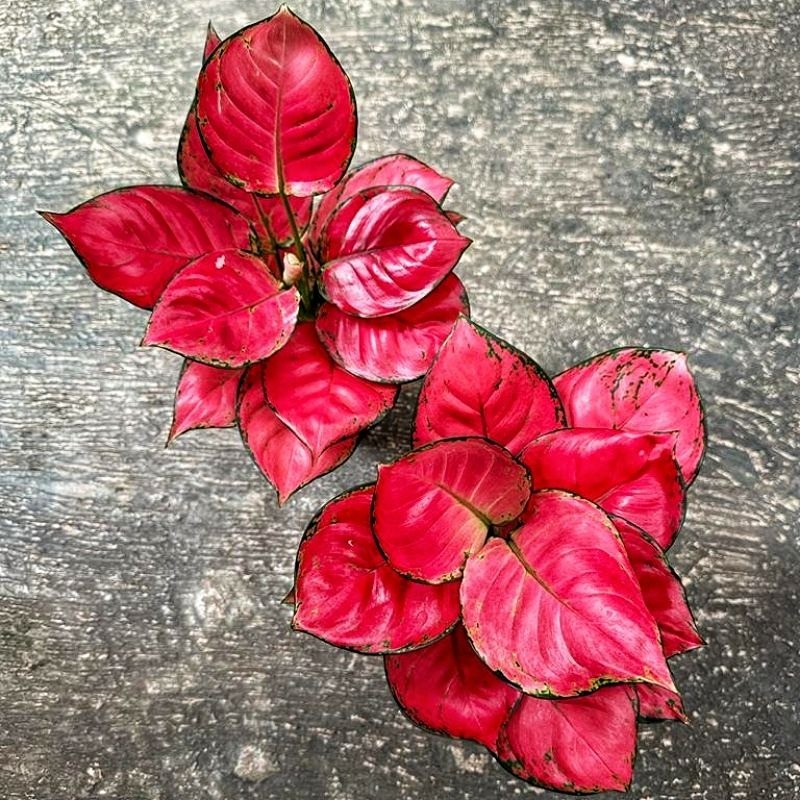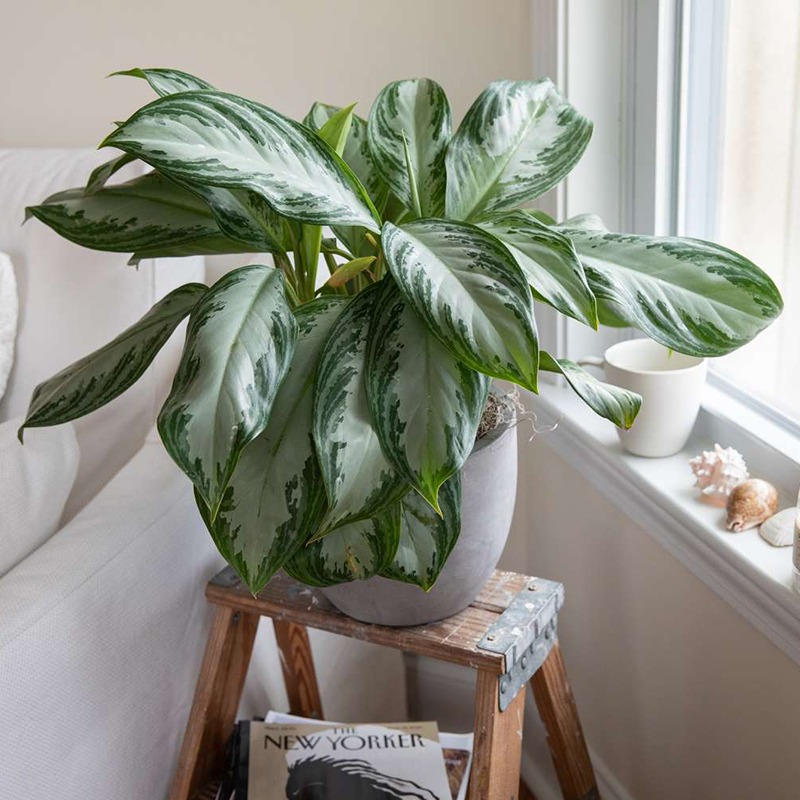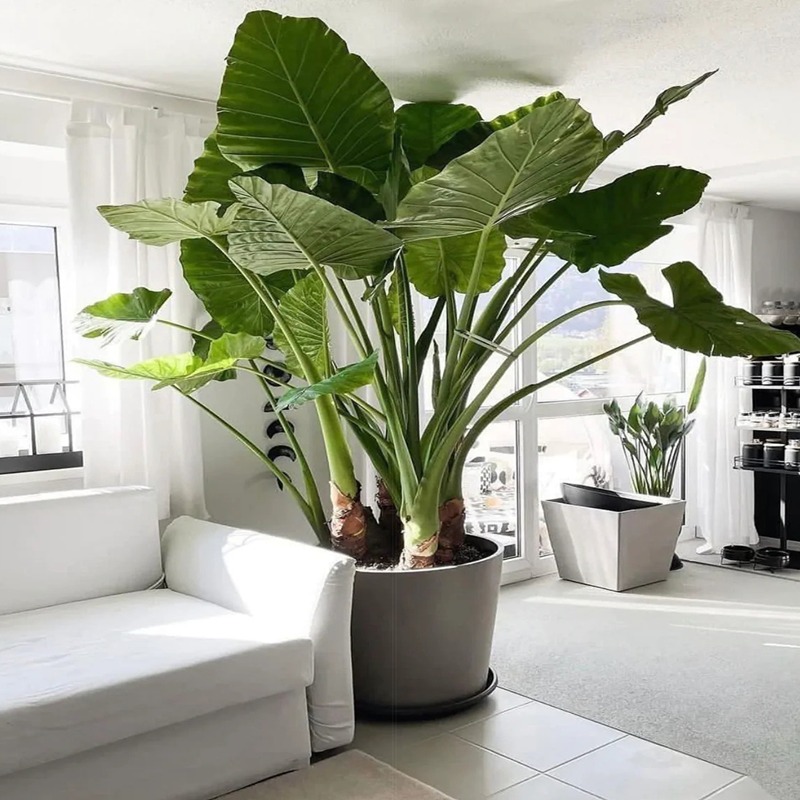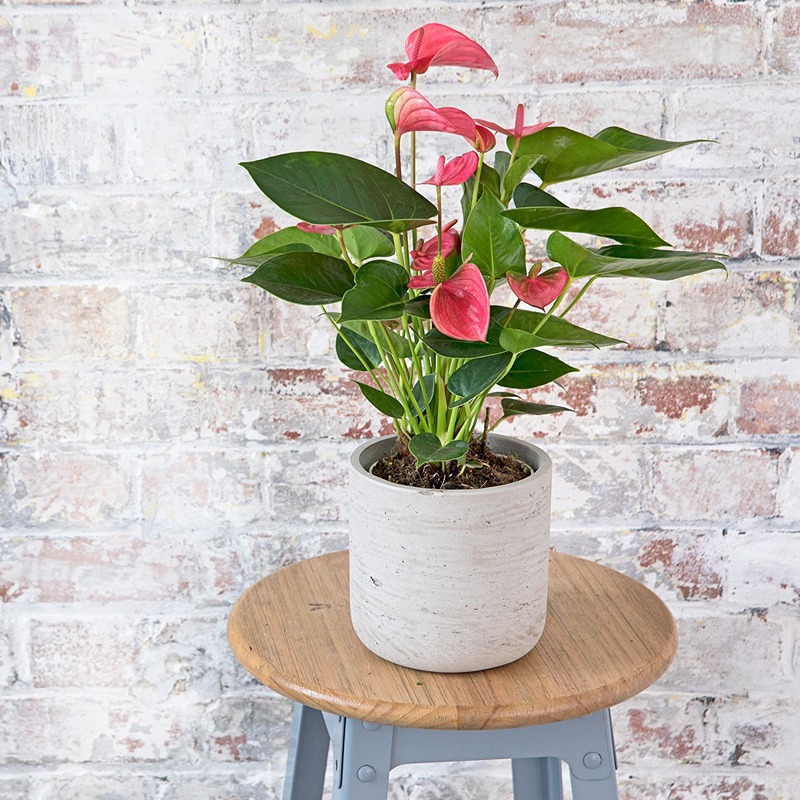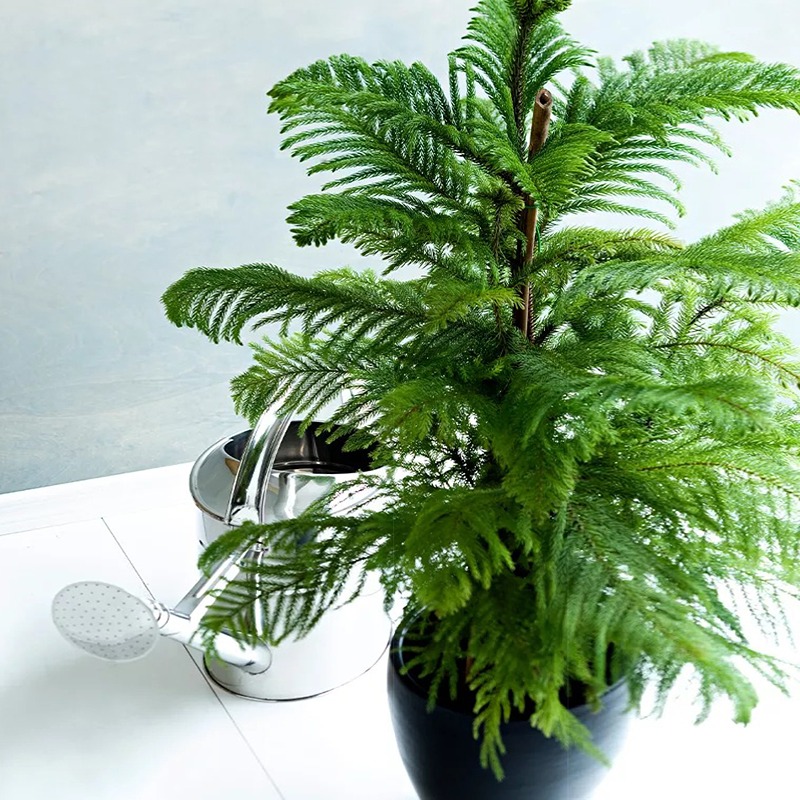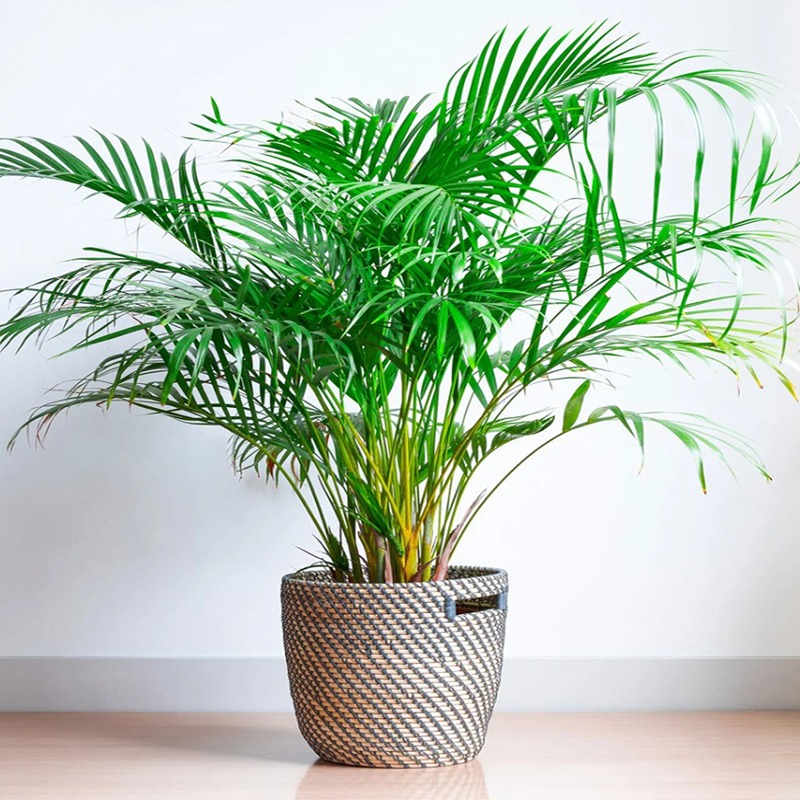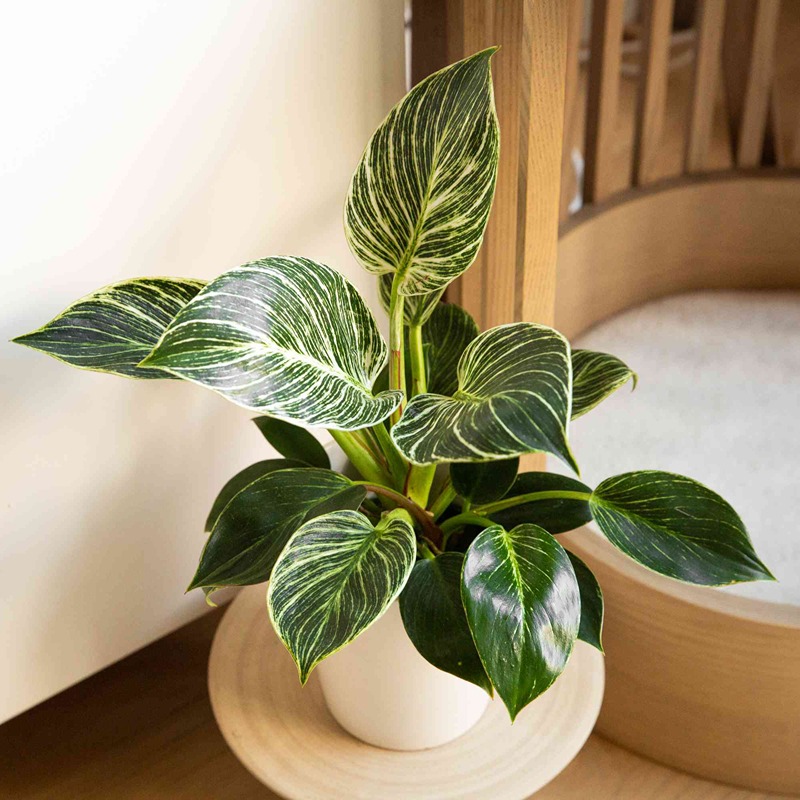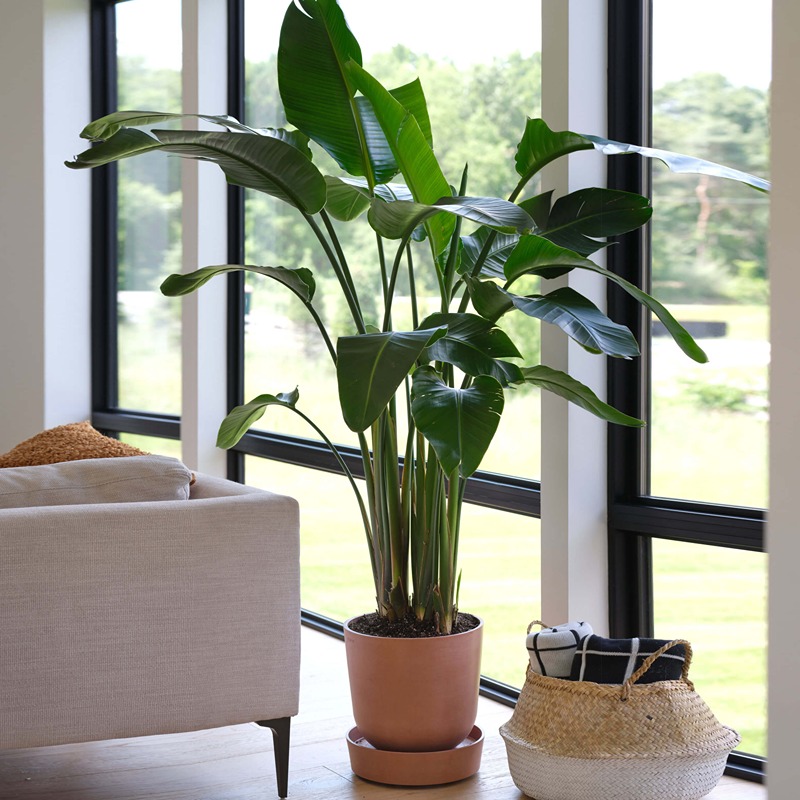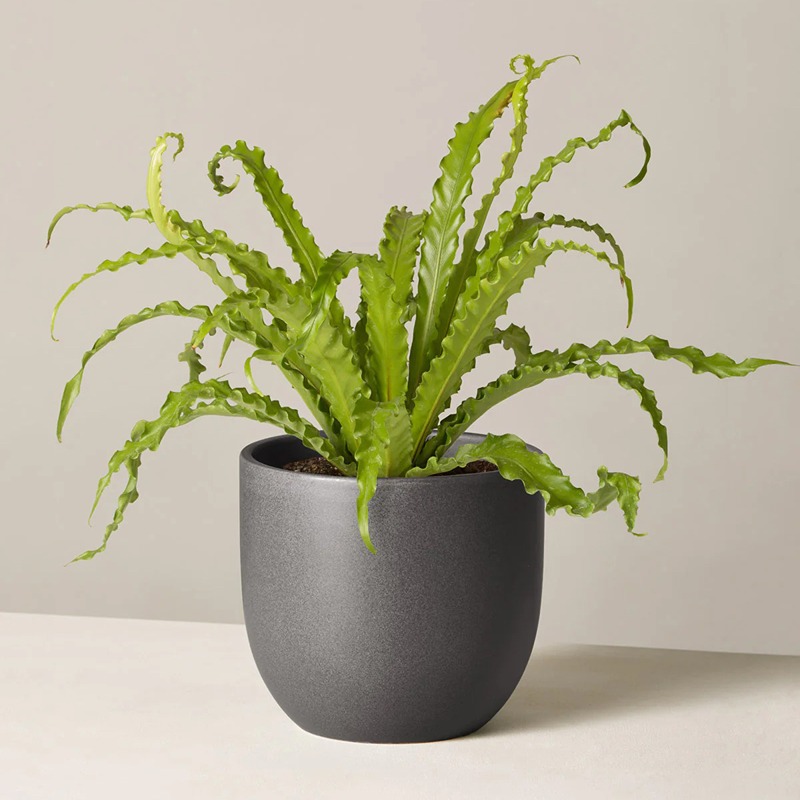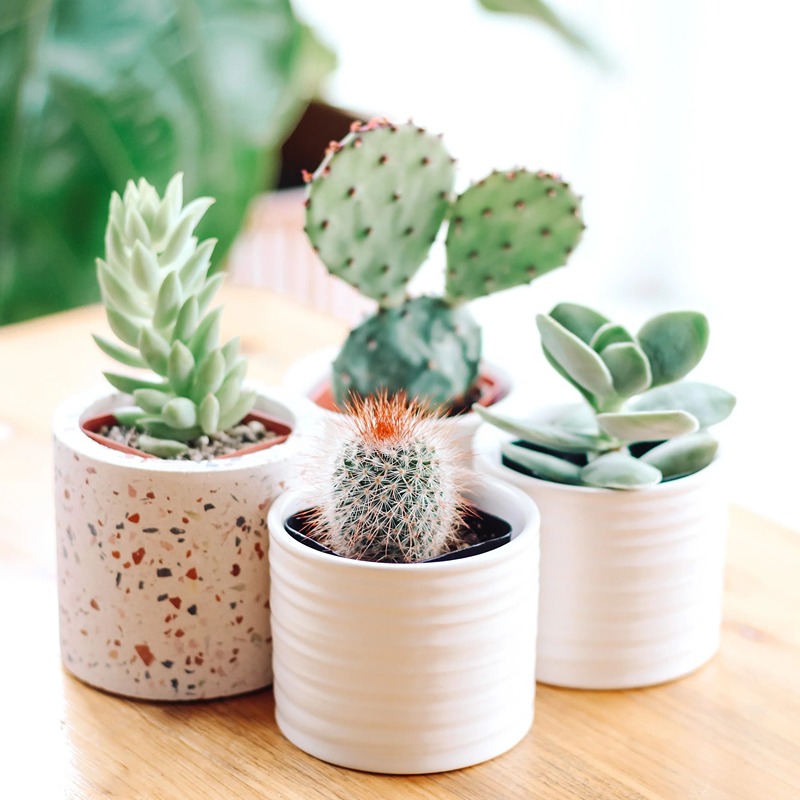Showing 1–12 of 50 results
AGLAONEMA PATTAYA
The Chinese Evergreen, also known as Aglaonema Pattaya, is a popular houseplant that is native to Southeast Asia. This plant is known for its striking foliage, which features dark green leaves with silver markings and a pinkish-red tint on the edges. The leaves are thick and glossy, and they grow in an upright manner, making the plant an excellent choice for adding height and texture to any indoor space. Perfect choice for offices, receptions and any desk too. They thrive well in indoor lighting conditions and thus require little maintenance. Keep the compost moderately moist during growth, allowing it to dry out slightly between watering. Only spray with a mist of water if room temperatures exceeds 18°C. Feed with general fertilizer once a month.
AGLAONEMA PINK
One of the easiest of all houseplants to grow, Aglaonema is also one of the most stylish. A relatively new variety to the houseplant world, this stunner shows off dark green leaves elegantly flushed with bright red or pink. Its colorful foliage makes Red Aglaonema a perfect home-decor accent. It’s gorgeous on desks or tabletops, as well as coffee tables and side tables in dens, living rooms, and bedrooms. Water once a week or when the soil starts to become slightly dry at the top. Keep the soil lightly moist at all times, but do not overwater as this will cause brown spots and leaf drop. Water in the early morning or late evening when temperatures are cooler. Always check soil before watering.
AGLAONEMA RED
A great hassle free addition to indoor spaces to lend it color and charm with its bright red leaves. A lover of indirect to low light areas and little water, this plant is the answer you were looking for to add some character to that empty corner with little light or your work area. If you have too much green in the plant cluster, add a spot of red. Native to tropical and subtropical regions of New Guinea and Asia, Red Aglaonema plant is one of the most vibrant among Aglaonema air purifying indoor plants. Belonging to the family of Araceae, Red Aglaonema plants blossom with a Greenish – white spathe. And this adds to its ornamental values. Red aglaonema plants could also be presented as eco-friendly gifts or green giftings to any enthusiastic green thumb individuals.
AGLAONEMA SILVER QUEEN
The marbled darker green color allows this Chinese Evergreen to tolerate some degree of shade. The leaves tend to grow in an upright manner. Chinese Evergreens are on NASA’s list of air-purifying plants. They are proven to remove Benzene and Formaldehyde toxins present in home environments and help reduce the irritant side-effects to humans. Aglaonema Silver Queen is a popular variety, often found in design schemes, either used as a feature plant or displayed with a complimentary mix of other Chinese Evergreens. It is primarily grown for its attractive variegated foliage and not for its insignificant flowers. Thick, elliptic to lance-shaped, dark green leaves with attractive silver-gray variegation appear on short stems rising from the soil. Leaves are silvery-white with green margins and veins. As the plant ages, it begins to develop a trunk-like stem as the lower leaves fall off. Flowers appear on a small creamy white spadix surrounded by a greenish-yellow spathe. Flowers usually bloom in summer to early fall. Clusters of orange berries follow the flowers.
ALOCASIA
Boasting some of the most striking foliage in the houseplant world, the Alocasia is an increasingly popular addition to indoor plant collections due to its unmatched visual and sculptural appeal. There are around 80 species of this distinctly veined stunner native to subtropical Asia and eastern Australia, and some specimens boast leaves that can grow up to almost three feet long.
Alocasias need bright, but indirect light. This is due to the plant’s natural habitat, on the forest floor beneath the tree canopy. Direct sun will cause the leaves to burn, so avoid placing your Alocasia in a spot where it’ll be exposed to direct sun for a prolonged period. This plant is not tolerant of lower light conditions though, so make sure the space you’re placing yours in feels very bright. Alocasias are native to — and grow best — in humid environments, so avoid placing yours near to an A/C or a heater if possible.
ANTHURIUM
Anthurium is a perennial plant native to Central America, northern South America, and the Caribbean. While they can be grown outdoors in the garden in warm climates, anthuriums are good indoor plants and are more often grown as houseplants or in greenhouses since they have particular care needs. They grow at a slow or moderate growth rate, depending on getting ample light without getting sunburned. Also called flamingo flowers for their unique tropical shape and bright red, green, and white colors, they can constantly bloom for long periods making them delightful indoor plants year-round. The blooming varieties are distinctive for their colorful, heart-shaped waxy spathes and red or yellow tail-like flower spikes. Other varieties feature large-leaved, deeply veined foliage. Many anthuriums are climbers, and all need high humidity and warmth to thrive. Anthurium typically lives about 5 years indoors with proper care but by propagating your plant, you can have a healthy anthurium indefinitely.
ARAUCARIA
Araucaria is suitable for growing indoors as a houseplant. It has a graceful pyramidal shape with graceful, wide-spaced branches symmetrically arranged in whorled, horizontal tiers around a single straight trunk. There are typically five branches per whorl. In its native habitat, it reaches heights of 200 feet. Cultivated trees, grown in subtropical or Mediterranean climates typically grow to 60-100 feet with a 12-60 foot spread. It grows best in open, full sun locations with ample room for its large size, in any well-drained soil type. Outdoors, surface roots may interfere with lawn mowing or lift sidewalks and large cones create litter.
ARECA
Areca palm plant is widely known for its long, graceful feather-shaped fronds, and clustered stems with yellow-green leaflets. They are one of the most widely used indoor gardening plants relevant mostly for bright interiors. Areca Palm plant will add a tropical feel to your indoor spaces and is especially well suited for screened patios and atrium. Keeping the Areca palm plant as an indoor plant could result in good air quality in your surroundings. This is because they are best at absorbing formaldehyde coming out of electronics or laptops and it also cleans up other harmful toxins. Thus, making an excellent environment for your indoor spaces.
BARKIN
Philodendrons are one of the most loved and widely grown indoor plant species in the world, but what is better than a regular philodendron is a variegated one. The Philodendron Birkin has a stunning dark green color with elegant white variegations resembling fish bone. Birkin plant’s leaves are glossy, heart shaped, ovate and bring an interesting charm to any space. These patterns might make you think that the Philodendron Birkin is a difficult plant to take care of, but luckily that’s not true. The Philodendron Birkin shows you when it’s not happy, which makes it the perfect plant for beginners. Tropical Philodendron birkins come from the Araceae family. Philodendron is a subcategory of this family
BIRD OF PARADISE
Bird of paradise plants are hard to miss, with their large leaves and beautiful, spiky, colorful blooms that resemble birds on the wing. With indirect sunlight and weekly watering, a bird of paradise can grow well as a houseplant. It makes a bold focal point, adding a tropical touch wherever you grow it. A moderate level of maintenance is required to keep your plant healthy. The Bird of Paradise is considered the queen of the indoor plant world. This large, upright plant adds a rich, tropical flair to any space as its glossy, banana-shaped leaves fan out. It is relatively hardy and adapts to a wide spectrum of light conditions from direct sun to low, indirect light, but will flourish in a sunny spot.
BIRD’S NEST FERN
Bird’s nest ferns (Asplenium nidus) are epiphytic ferns, meaning they grow on the surface of other plants in their rainforest habitat. These ferns have long, erect bright green fronds that grow from a central rosette. Unlike some other ferns, which grow feathery leaflets, bird’s nest ferns have smooth, lance-shaped fronds that sometimes develop gentle ripples when grown with sufficient light. Bird’s nest ferns prefer medium to bright indirect light, high humidity, and moist, well-drained soil. Because they thrive in warm, humid environments, these ferns make an excellent choice for a bathroom.
CACTUS CLUSTER
Cacti are succulent perennial plants. Cacti generally have thick herbaceous or woody chlorophyll-containing stems. Cacti can be distinguished from other succulent plants by the presence of areoles, small cushion like structures with trichomes (plant hairs) and, in almost all species, spines or barbed bristles (glochids). Areoles are modified branches, from which flowers, more branches, and leaves (when present) may grow. Varieties of Cactus plants look amazing when lined up beside bright window sills or when kept together potted on a large bowl-shaped planter. And they are easy to look after too.
